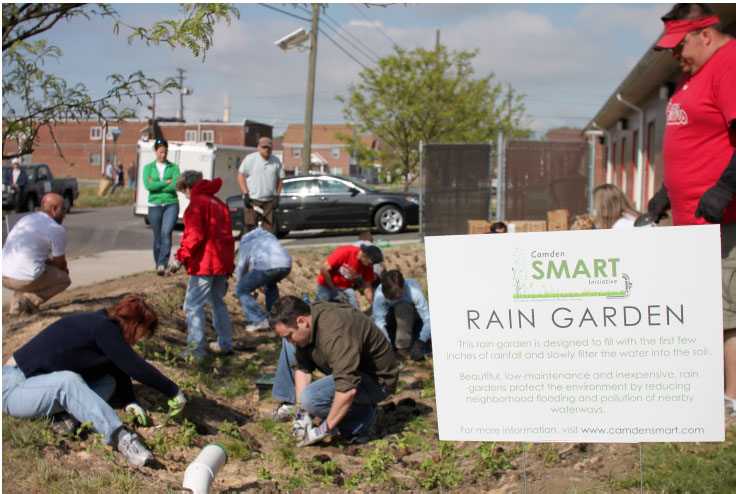New Jersey Future Blog
Market Needs Vs. Housing Choice
May 16th, 2003 by Tim Evans
- More than 60 percent (63.4 percent) of all households in New Jersey have no children under 18, a number that’s gradually growing.
- One quarter (24.5 percent) of all households are single-person households.
- About one quarter of all households (25.9 percent) contain at least one senior resident, aged 65 or older.
- These markets, each containing millions of people, have limited housing choice in New Jersey. Less than half of all housing available (44.7 percent) is made up of the attached housing such markets generally prefer, including townhomes and apartments; and most of this stock is concentrated in older urban areas. (Source: U.S. Census)
GIVING ‘EM WHAT THEY WANT?
Some builders complain that smart growth will take away the “suburban dream” of New Jerseyans, and interfere with natural market demand.
Census evidence suggests that the opposite is true: today’s predominance of sprawling three- and four-bedroom suburban homes doesn’t fit New Jersey’s large and growing populations of childless households, singles and seniors. Such populations often prefer apartments, condos, townhomes and other types of attached housing – as well as smaller single-family homes in communities where walking and public transit are options.
Such choices are the hallmarks of smart growth. The popularity of these choices is supported by growing demand and soaring home values in urban places like Hoboken and Jersey City, and suburban communities along the Midtown Direct line.
Unfortunately, more than half of New Jersey’s municipalities built no new multi-family housing in the boom decade of the 1990s. Where it was offered, new attached housing was too often located in automobile-dependent complexes, remote from shopping and offices. Rarely, too, are smaller single-family homes built within walking distance of shops, offices and public transit.
It may be that sprawl sells because in too many places, it’s all that’s available. It’s a stretch to say housing is market-driven. Rather, what gets built is determined by local zoning and a host of other government regulations, including those for sewer and water.
Smart growth restore choices that sprawl-inducing zoning has taken away, by drawing public funding, private investment and jobs back into cities, older suburbs and rural communities, and providing a range of housing and transportation choices that can’t be matched by any sprawling suburban community.
















